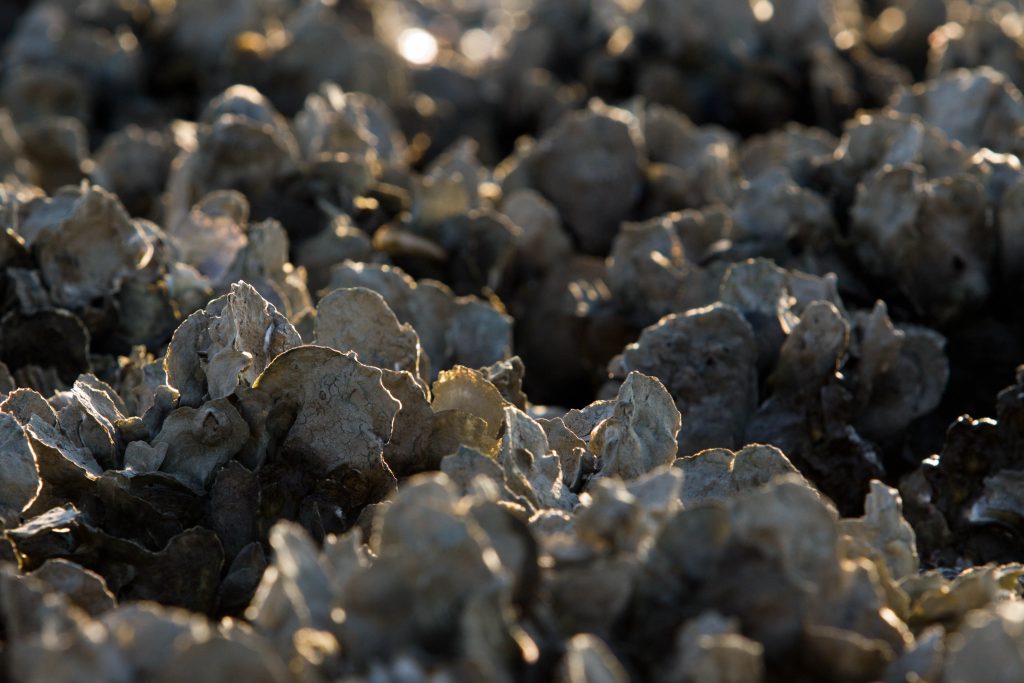If you are like me, you have heard a lot of buzz lately about oyster restoration efforts. But did you know that oyster restoration has been going on in the United States since at least 1964? What have we learned since then about oyster restoration? How much progress have we made? These questions are important to answer because oyster reefs are one of the most threatened habitats on Earth. Recent reports estimate that upwards of 85% of the Earth’s oyster reefs have been lost. This loss is tragic because oyster reefs provide tremendously valuable services, including coastal protection and fisheries enhancement. It’s no wonder we place such emphasis on restoring oyster reefs!
But how are we doing?
A recent scientific report led by University of Florida researchers in the Dept of Environmental Engineering Sciences has some answers. According to the report (available here), oyster restoration could (and should) be more efficient in the future. The team cataloged 1,768 oyster restoration projects and tracked information such as total area, cost of construction, and project success. They found that the Gulf of Mexico and Chesapeake Bay coasts had the most oyster restoration activity, with just over 5,000 acres restored. While that may seem like a lot, the total restored area nationwide only accounts for just 4.5% of the lost oyster reef area! It’s pretty clear we are losing oyster reefs faster than we can restore them.

But the report points out major funding resources have opened up in recent years that could increase the rate of restoration. The research revealed important guidance about how the funding should be doled out for maximum benefit. The results show that larger projects tend to result in larger return-on-investment (ROI). Also, ROI was higher when low-cost materials (e.g., mixed shell, mixed concrete) formed the basis for the reef. Overall, the ROI for oyster reef restoration since 1964 was positive about half of the time.
Will we do better over the next 50 years?
The answer will depend on how well we heed the advice in this report as well as the invention of cost-saving technologies and techniques. If about 50% of the projects showed a positive ROI, then there is definitely room for improvement. But the researchers point out that there are other benefits to oyster restoration that are hard to measure. For example, the team could not quantify the value of property protection or the value of water quality improvement by oyster filtration. They also could not measure the value of societal benefits such as volunteerism or educational opportunities that typically go along with habitat restoration. Thus, the overall ROI is probably higher than what the team could rigorously calculate.

The recommendations in this report outline strategies for more efficient use of limited restoration dollars. A local project in the Nature Coast – the Lone Cabbage Reef restoration project – is very large and utilizes lower-cost materials. Both of these aspects of the project make it a great example of the right way to apply resources to address oyster reef loss. If funding agencies and restoration practitioners can follow these new recommendations, the future of oyster restoration looks promising.
Report Citation: Bersoza Hernández, A, RD Brumbaugh, P Frederick, R Grizzle, MW Luckenbach, CH Peterson, and C Angelini. 2018. Restoring the eastern oyster: how much progress has been made in 53 years? Front Ecol Environ 16: 1–9, doi: 10.1002/fee.1935
 0
0
